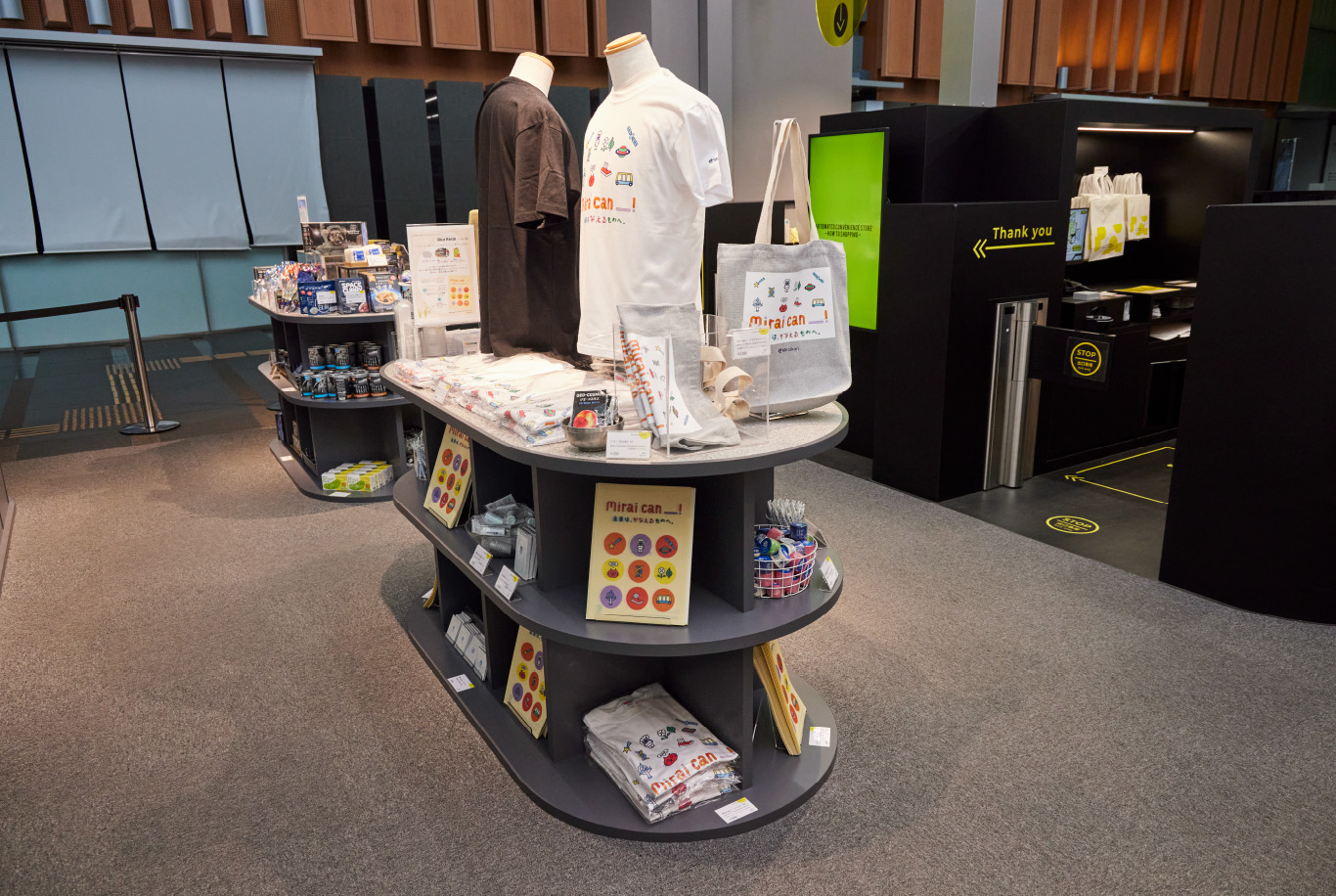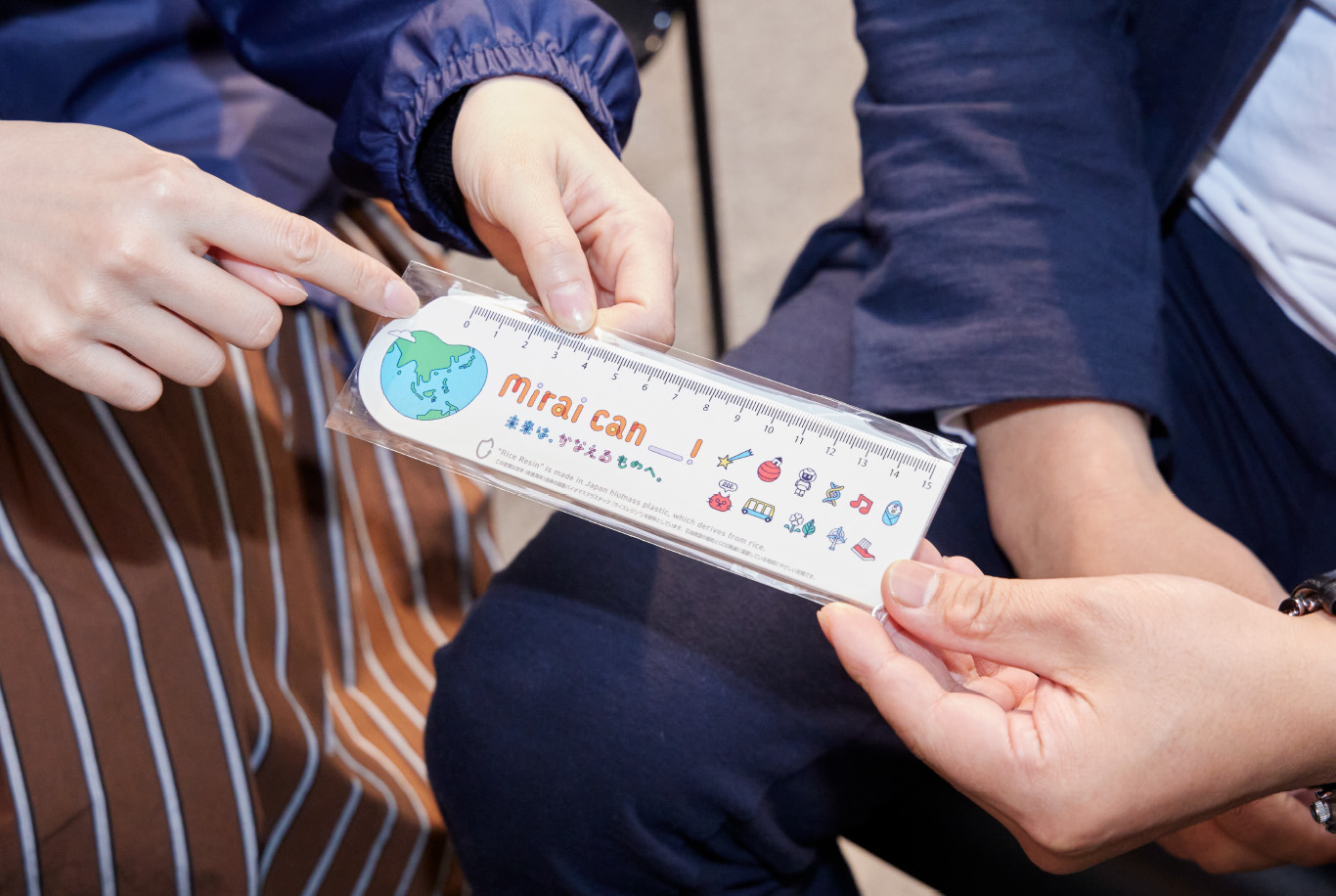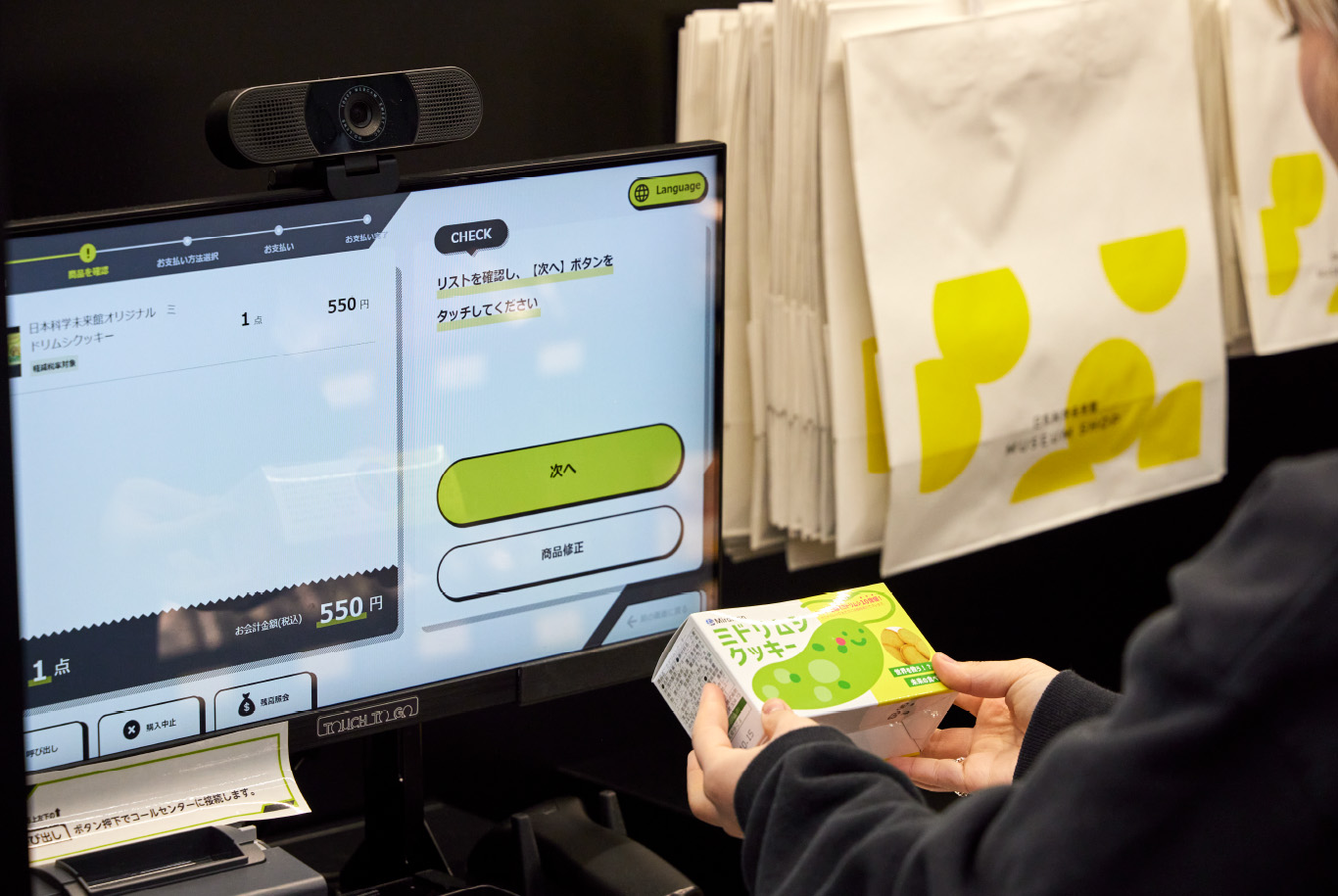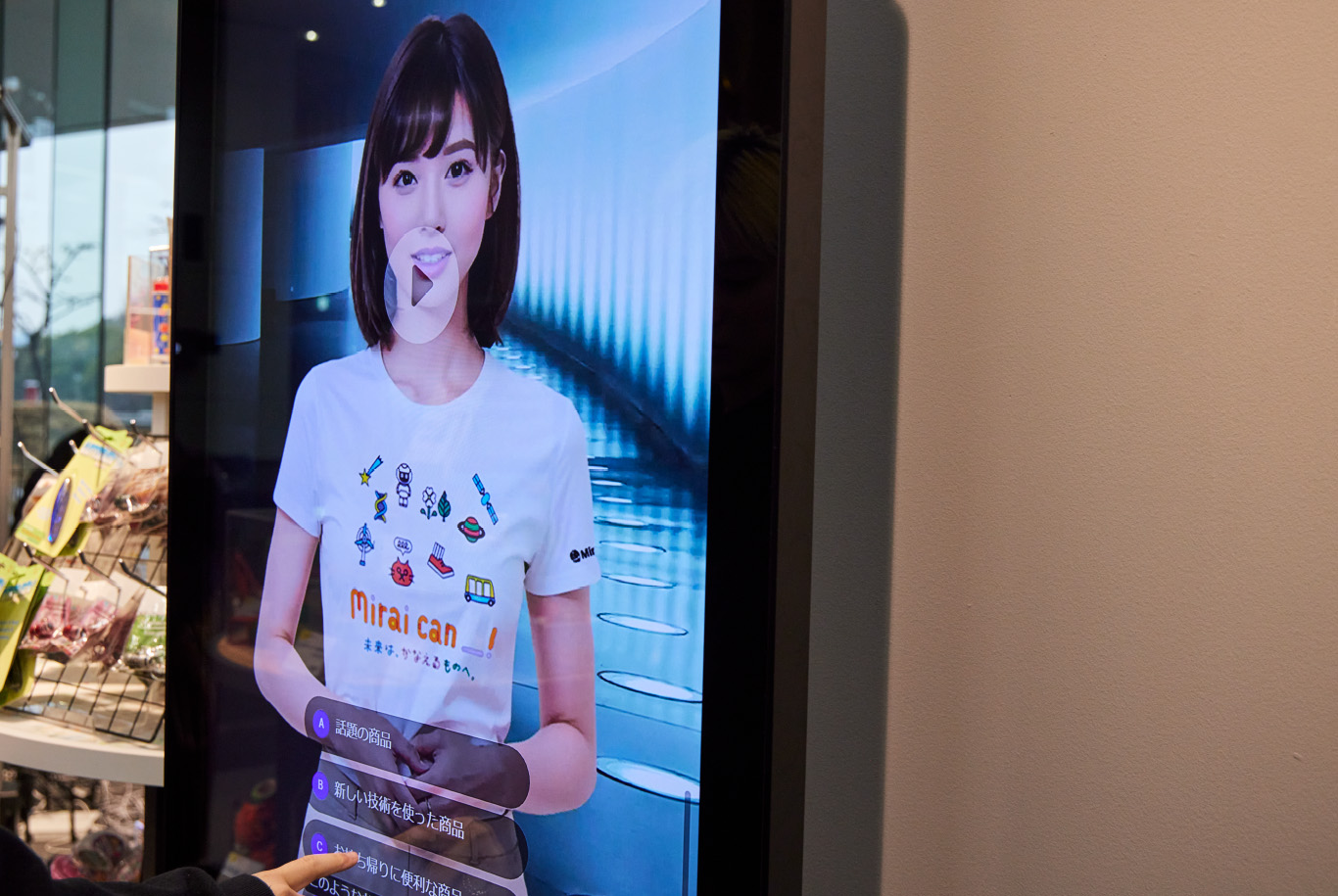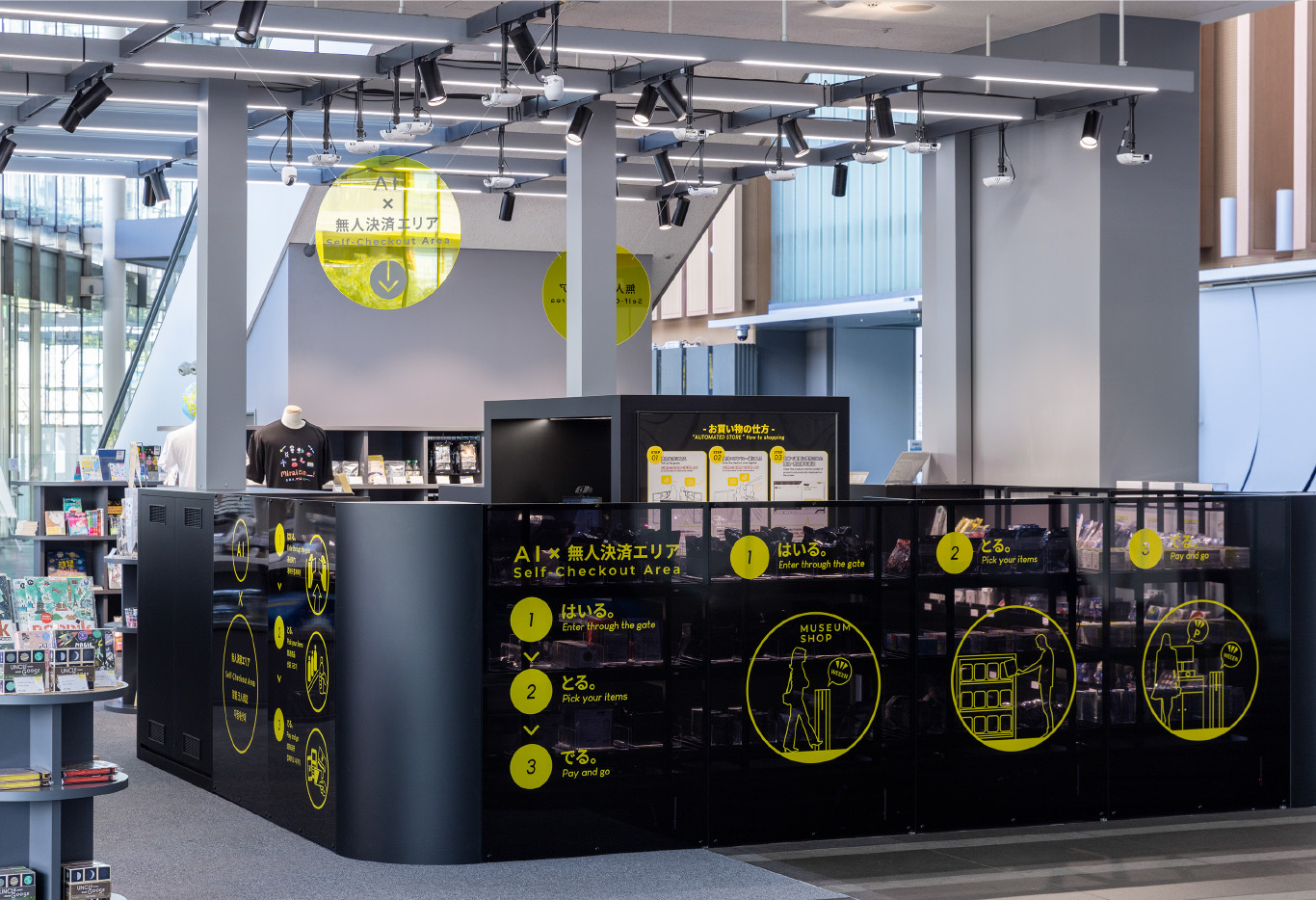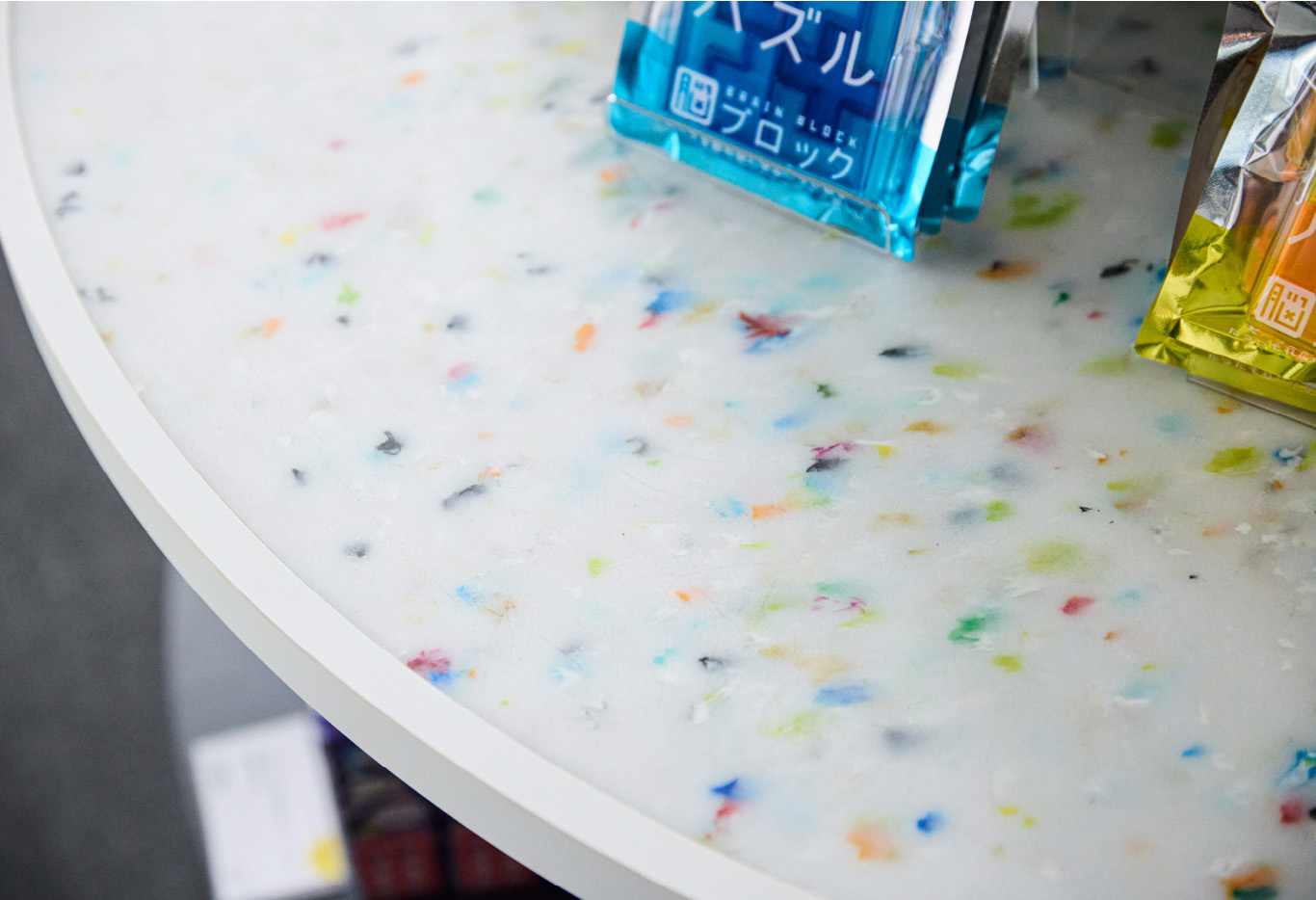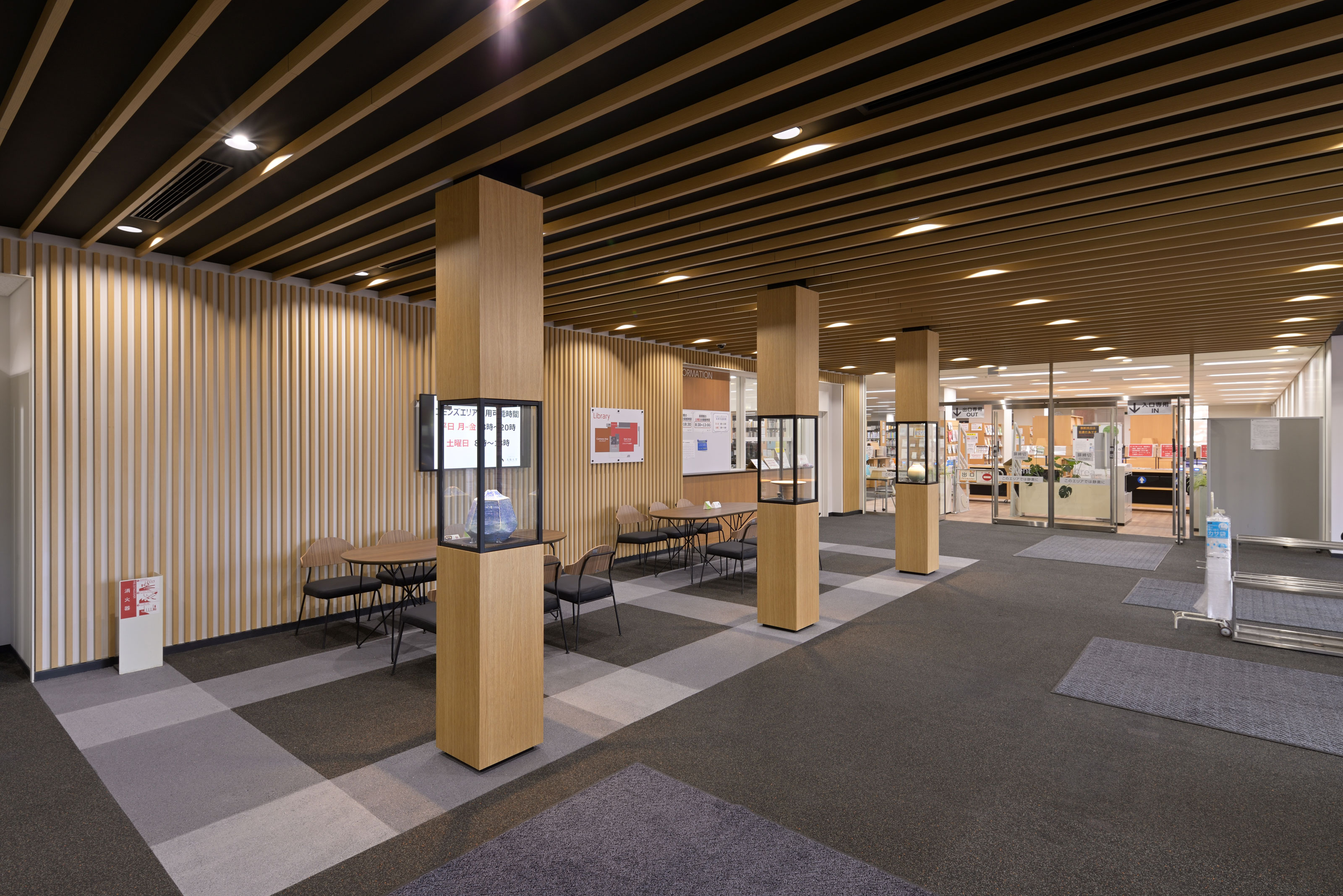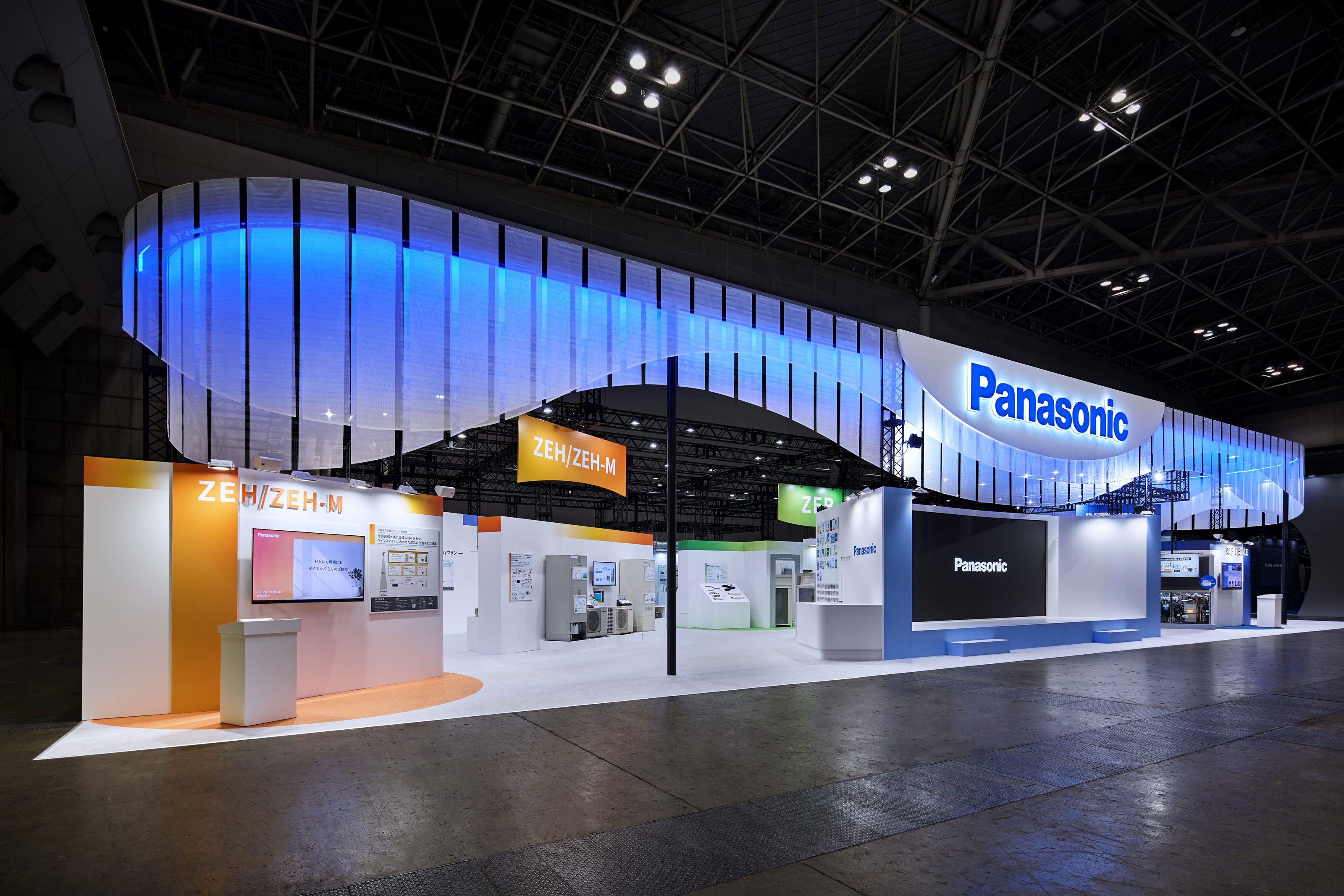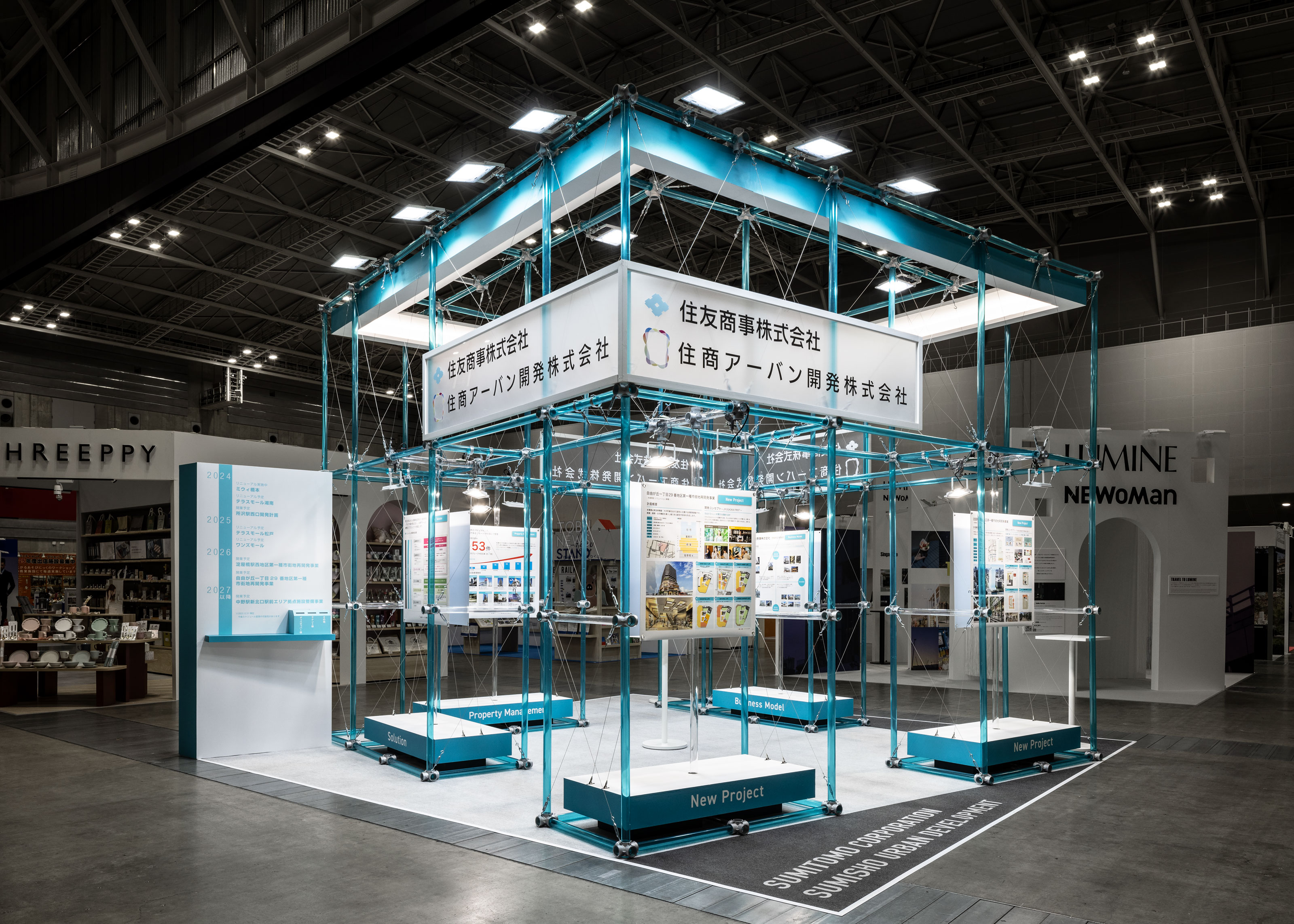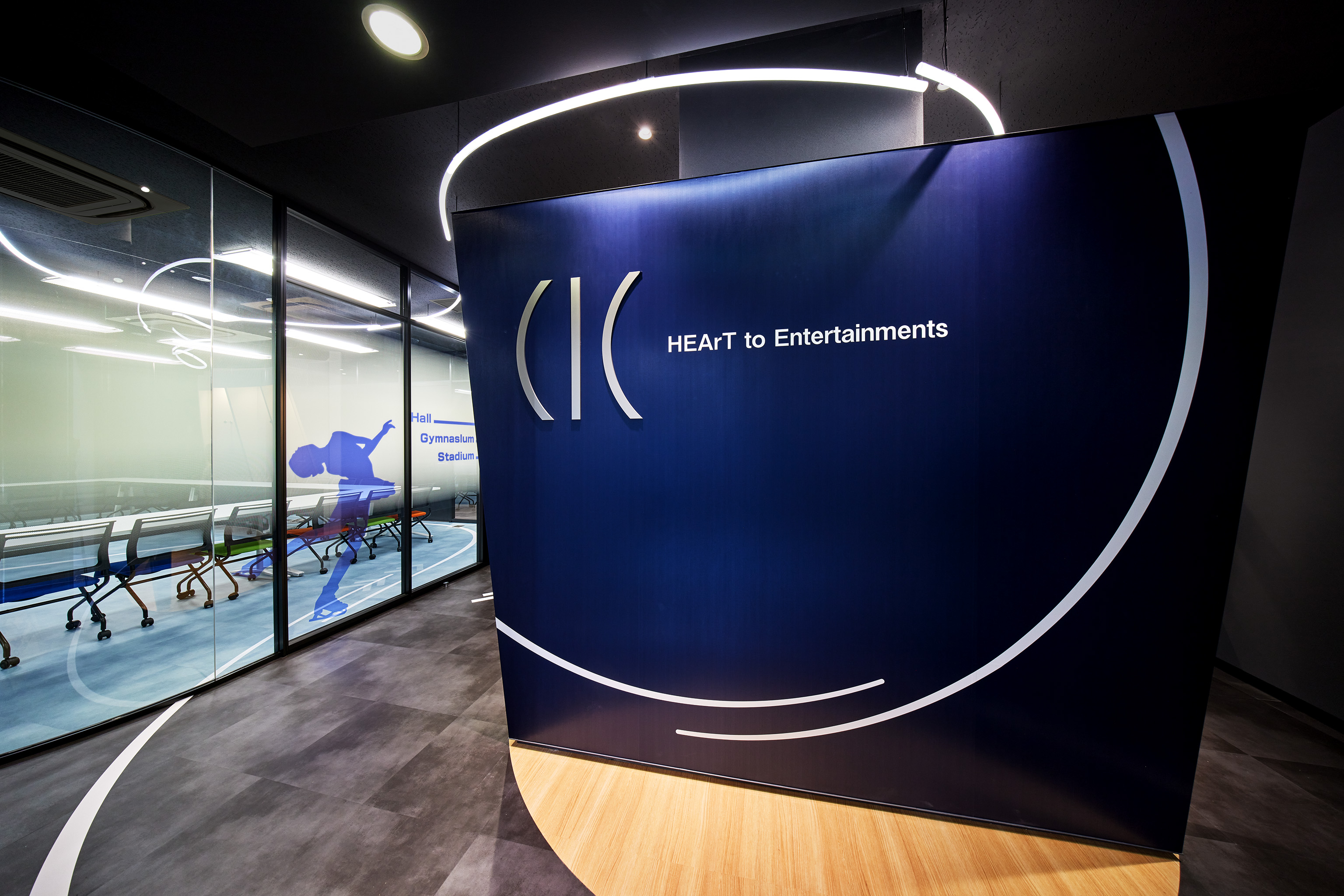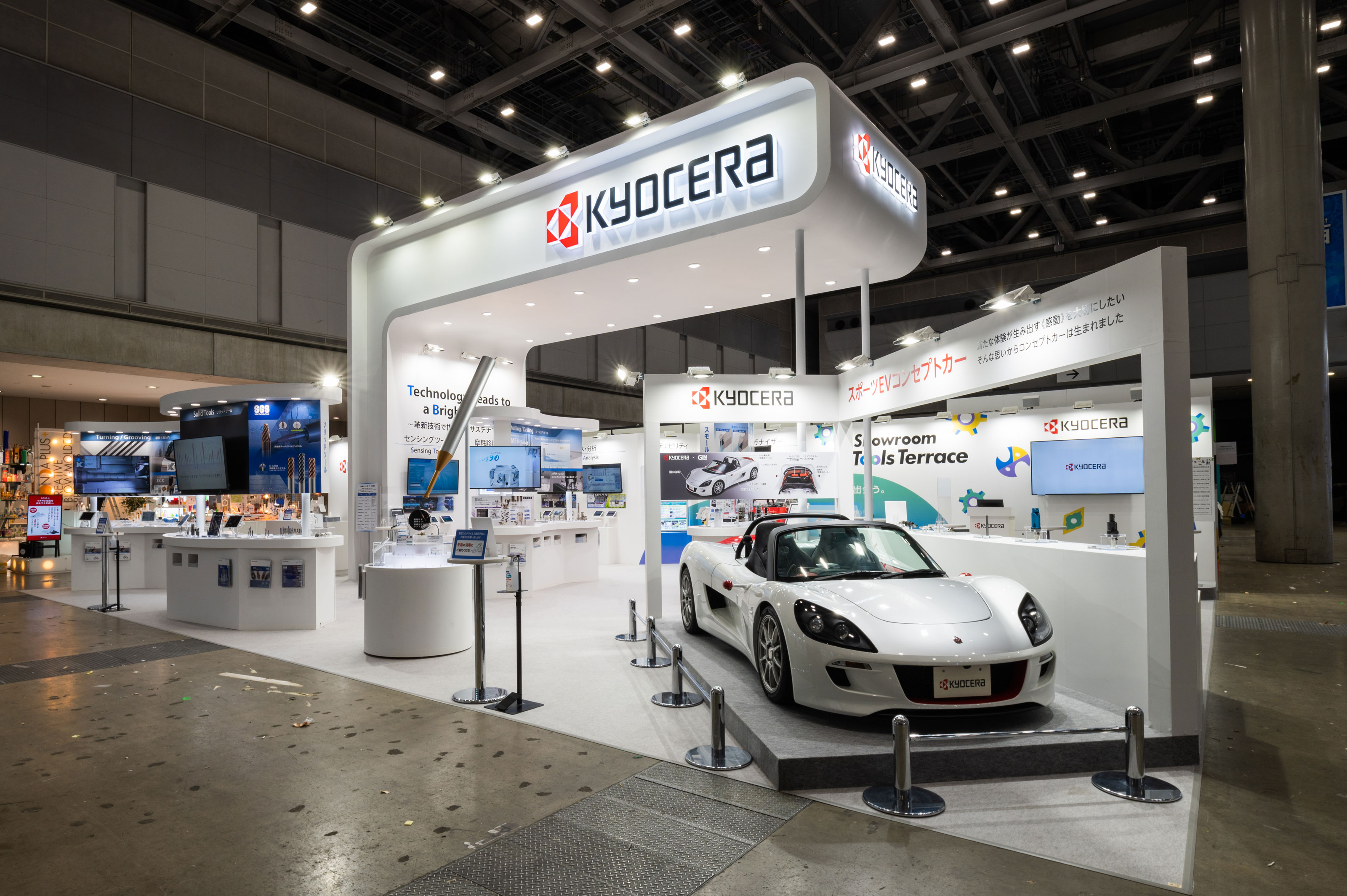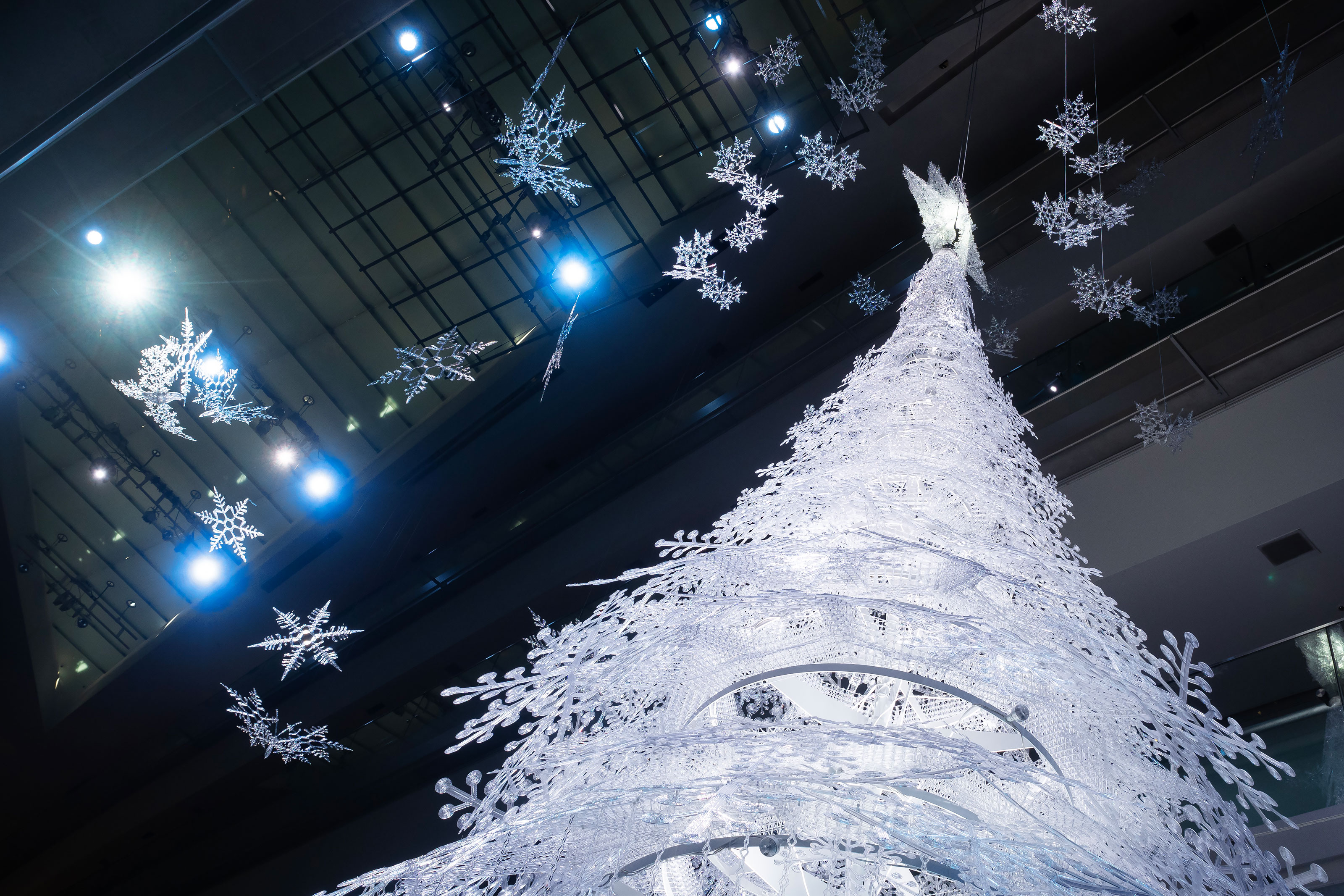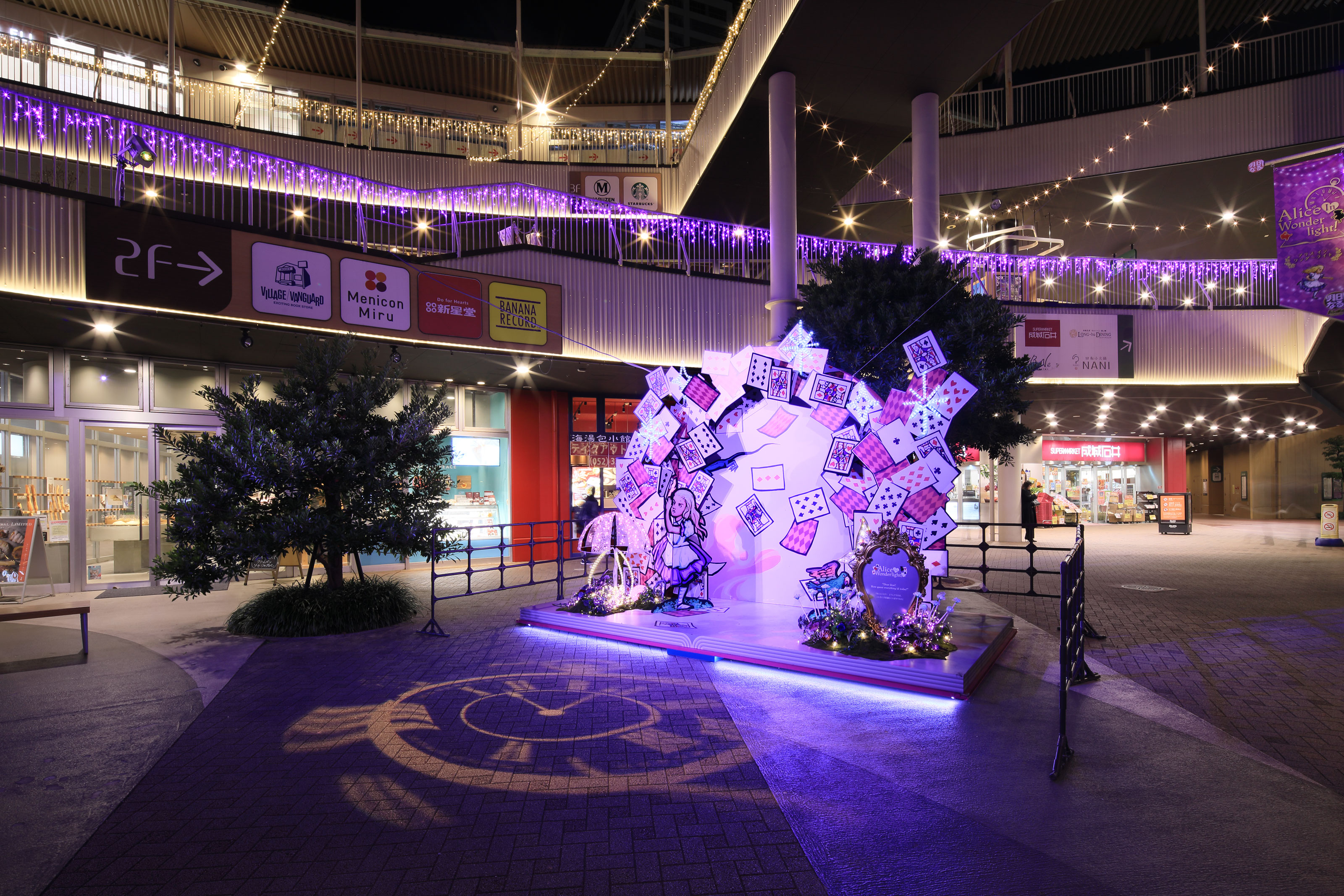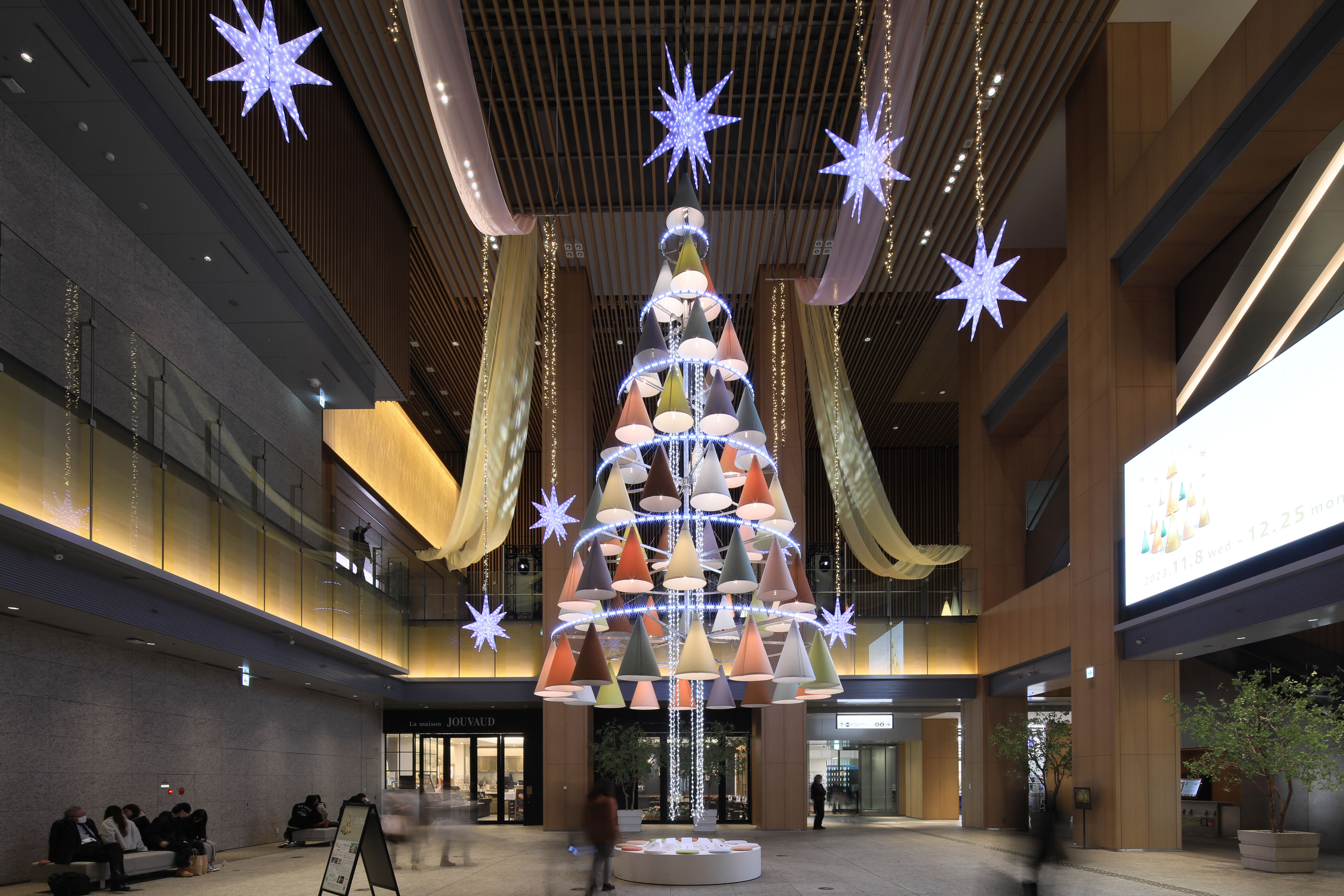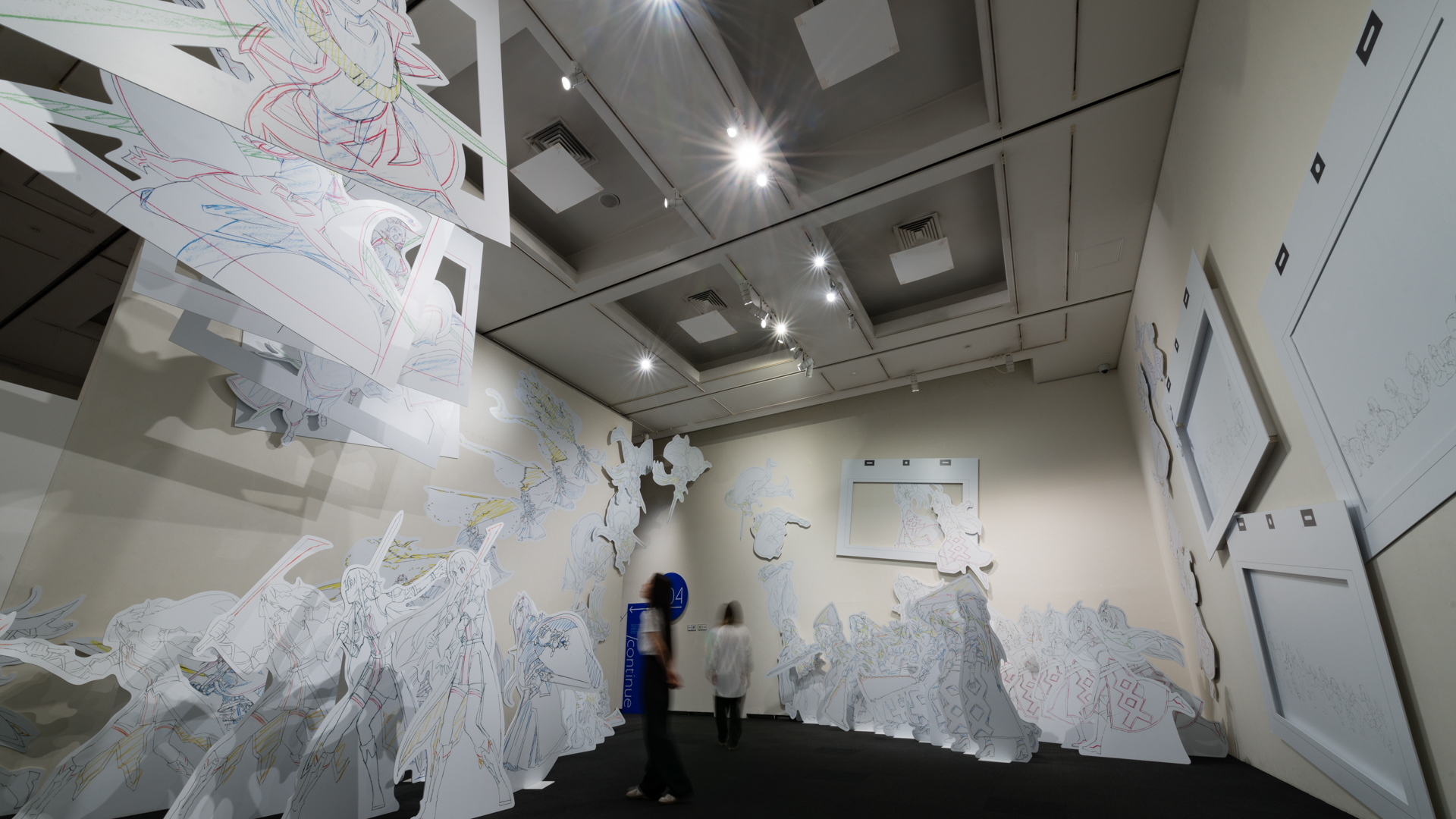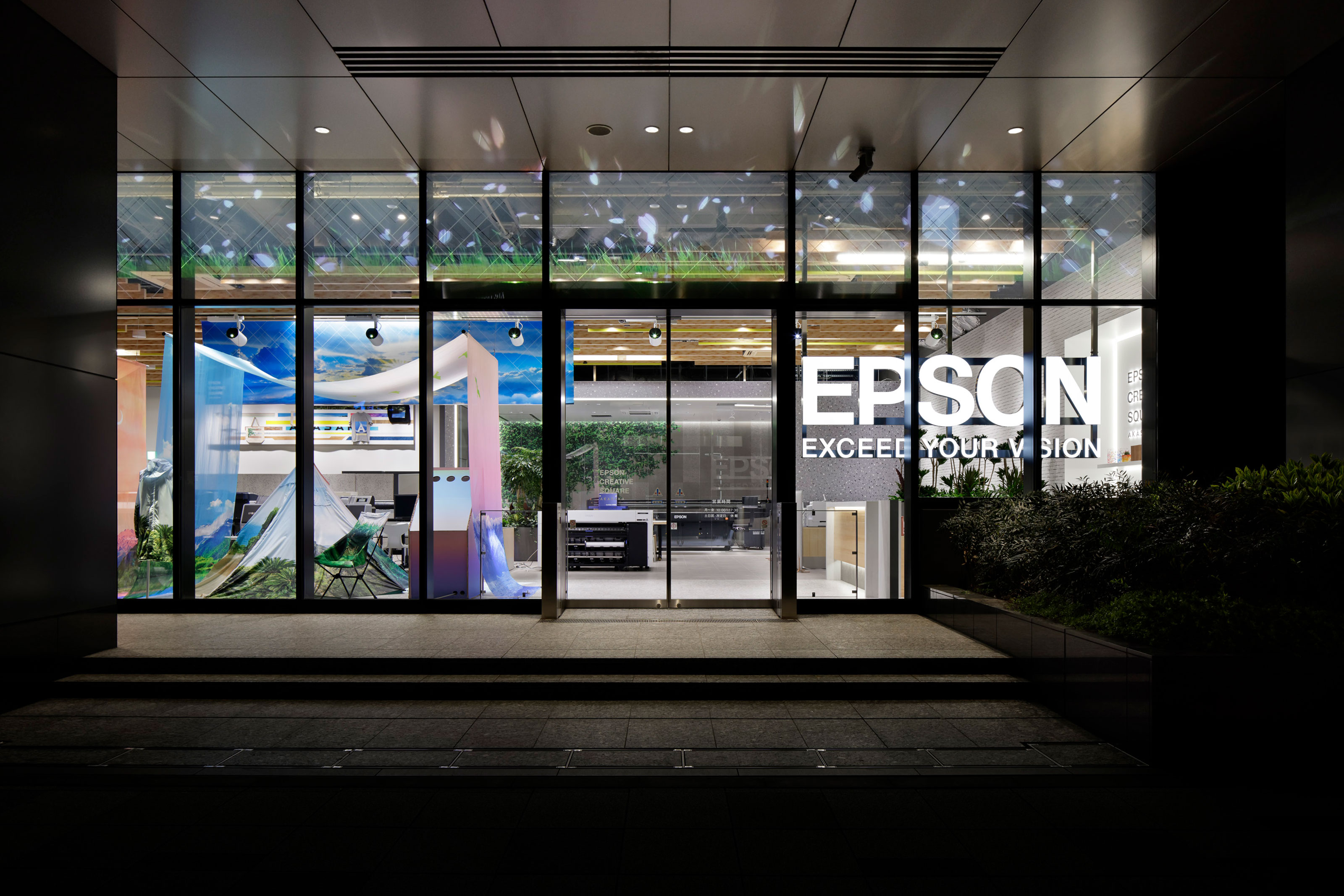WORKS
NOMURA medias meets MIRAIKAN
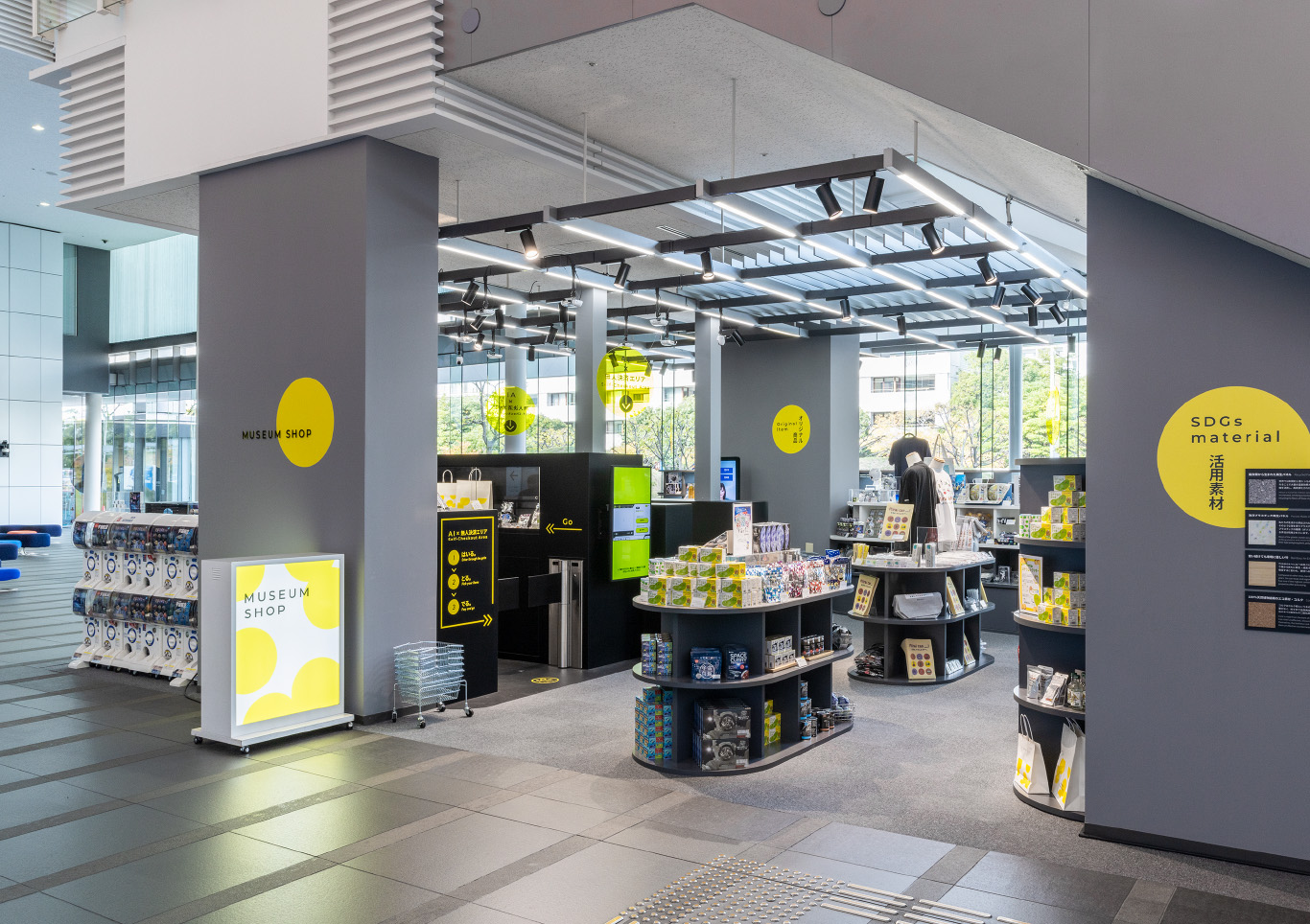
A shopping experience from the future:
A next-generation museum shop
from NOMURA MEDIAS
Shop & Event Manegement
2023.11-
Japan’s National Museum of Emerging Science and Innovation, known as Miraikan, is a science museum where visitors can experience cutting-edge science and technology. Since opening in 2001, Miraikan has undergone several updates as it continues to offer new insights and learning opportunities through the ongoing development of science and technology. The renovated Museum Shop on the first floor of Miraikan opened in November 2023. NOMURA MEDIAS led this renewal project and continues to operate the store today.
Chieko Asakawa was appointed Chief Executive Director in 2021, and Miraikan set out its Vision 2030, which states the museum’s aim to become a “testing ground for the future society” by performing cutting-edge demonstration experiments. The design of the new Museum Shop was expected to be an extension of this idea. Miho Ozeki from Miraikan was in charge during the project. Thinking back to the call for proposals, she remarks, “We were looking for something that inspired each visitor to think about the future by imbuing the experience of buying souvenirs with future technology and services that may one day become commonplace.”
NOMURA MEDIAS set out to create a plan for the Museum Shop, with Account Producer Yasuhiro Suzuki in a central role. The core concept was “Goodwill +be.” “Goodwill” is a word signifying good deeds and, ultimately, compassion. Playing this off against the future tense “will be,” the name was chosen with the hope of creating a store full of compassion that also sets out a path to the future.
For example, Suzuki’s inspiration for the eye-catching yellow signs in the museum was the Braille blocks used to guide people with visual impairments. Yellow was adopted as a key color representing a place that has been opened up.
However, given that Miraikan's main colors are the white and blue that also appear in its logo, and the building’s interior reflects this in its color scheme, at the internal exploration stage, there was no shortage of people questioning the use of yellow or saying that other colors should be used. Suzuki backed up his aforementioned reasoning with the fact that yellow is considered to represent hope for the future in color psychology. In the end, he forged ahead with his proposal. While Miraikan also seem to have been surprised by this bold idea, visitors have had an extremely positive reaction. Explaining how the color resonated, Ozeki remarks, “The way they incorporated yellow into the design seemed to brighten up the space.”

The Miraikan
Museum Shop:
Compassion
and a future open to everyone
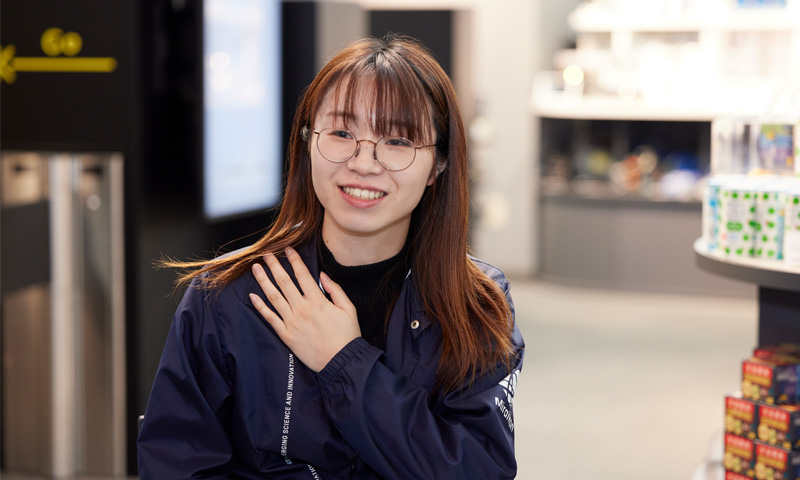
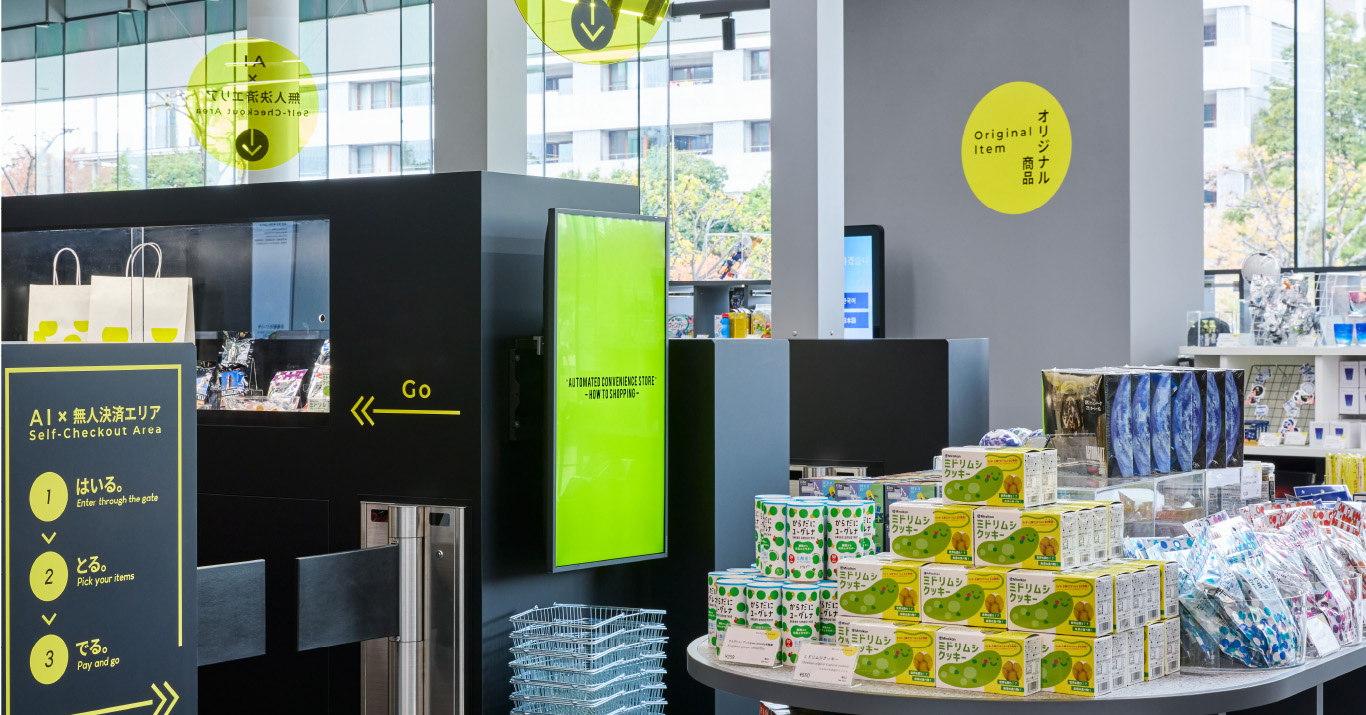
Take a look at the fixtures in the store, and you’re likely to notice that most have rounded corners. This touch was born from compassion that invites visitors to enjoy the space in safety as they move around it. What’s more, some of the store’s fixtures and products are made using waste materials. The RiceResin stationery items made with biomass plastic from waste rice, have been particularly well received as an indirect contribution to regional revitalization. Suzuki reflects, “We incorporated it as part of a new experience that isn’t necessarily all about the future.” There’s little doubt that these ideas offering a little something extra has created new value in the Museum Shop.
Euglena Cookies were a big hit in the previous store and are still on the shelves today, complete with redesigned packaging. Yoshikazu Konuma is an Account Producer in charge of store administration and explains, “We heard that lots of elementary school students visit Miraikan, and we created a charming design that would appeal to them.” In addition to new original products, the colorful range of items bearing the slogan ”Mirai can_!” has been a hit among school groups visiting the museum.
“I look forward to seeing the future products we can develop that align with what our visitors feel, distilling the essence of Miraikan into souvenirs,” says Ozeki. In this regard, Suzuki remarks, “In many product development projects, the client has a fairly set plan in mind, and it becomes about getting approval. Having a reliable partner like Ms. Ozeki involved in product development from the idea stage allowed us to focus our efforts.” Building a positive relationship ultimately led to the success of the project.
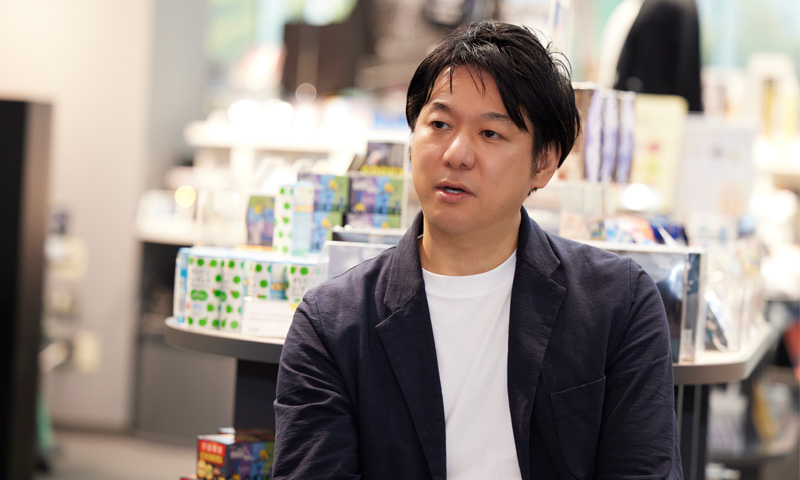

“A testing ground for future society”
actively adopting cutting-edge technology
When it comes to futuristic shopping, the unmanned payment system is one of the most striking parts of the Museum Shop experience. While there is a trend toward renewed appreciation of the value of hospitality and interpersonal communication, talk of labor shortages is also a common refrain. The struggle to find job applicants is particularly acute in Tokyo’s Odaiba. According to Suzuki, “What we need now is ways to ensure that even unmanned solutions provide enriching shopping experiences.” On that basis, he reached out to TOUCH TO GO Co., Ltd. about a potential collaboration. The company has helped create a store using AI-based unmanned payment at Takanawa Gateway Station (operated by the East Japan Railway Company).
The system uses cameras in the ceiling that sense customer movements and shelf sensors that detect changes in weight when a product is picked up. From following customer behavior from multiple perspectives to providing safe, smooth payment, the more one hears about the system, the more logical it seems. Including it in the proposal ended up being an easy decision.
Self-service registers are becoming more common in settings such as supermarkets and convenience stores, but truly unmanned payment systems like TOUCH TO GO are yet to become mainstream. Ozeki speaks openly about her thoughts at the time, “We had asked for proposals featuring experiences that can’t be found in many other places, so that was an extremely appealing idea.“ Of course, implementing an unmanned payment system was not free from operational uncertainties and concerns. Despite this, Ozeki continues, “We were able to attract high hopes for the proposal because it provides a clear image of a future of evolving customer service. Any experiment comes with risks, and actively taking on those challenges is part of what being a 'testing ground for the future society’ means.”
Large numbers of curious visitors have been using the unmanned payment system, and the reception has been positive. Even customers who seemed unsure at first ended up enjoying the shopping experience, and could often be seen gasping with amazement when paying.
Cutting-edge technology at the Museum Shop doesn’t stop with the unmanned payment system. Digital human Miku Nakagawa acts as a guide, providing product recommendations in four languages as part of a multilingual digital human signage system. This new type of experience-based service hints at possibilities for the future. Through these various devices, the shop explores myriad innovative forms of communication.
Part of the Museum Shop has also been made an experimental booth (PR space) for rental to companies with cutting-edge technology. Suzuki explains this deviation from the conventional approach of having as many products as possible on the sales floor, “The Museum Shop is also part of the Miraikan exhibition. Just as a museum has permanent and special exhibitions, we wanted to add that sense of something out of the ordinary happening, beyond typical changes to the product lineup. In practice, the sight of cutting-edge technology in the open space in the corner of the store catches the eye from a distance. This has created a flow whereby curious customers stop by the booth, then end up making purchases at the Museum Shop.
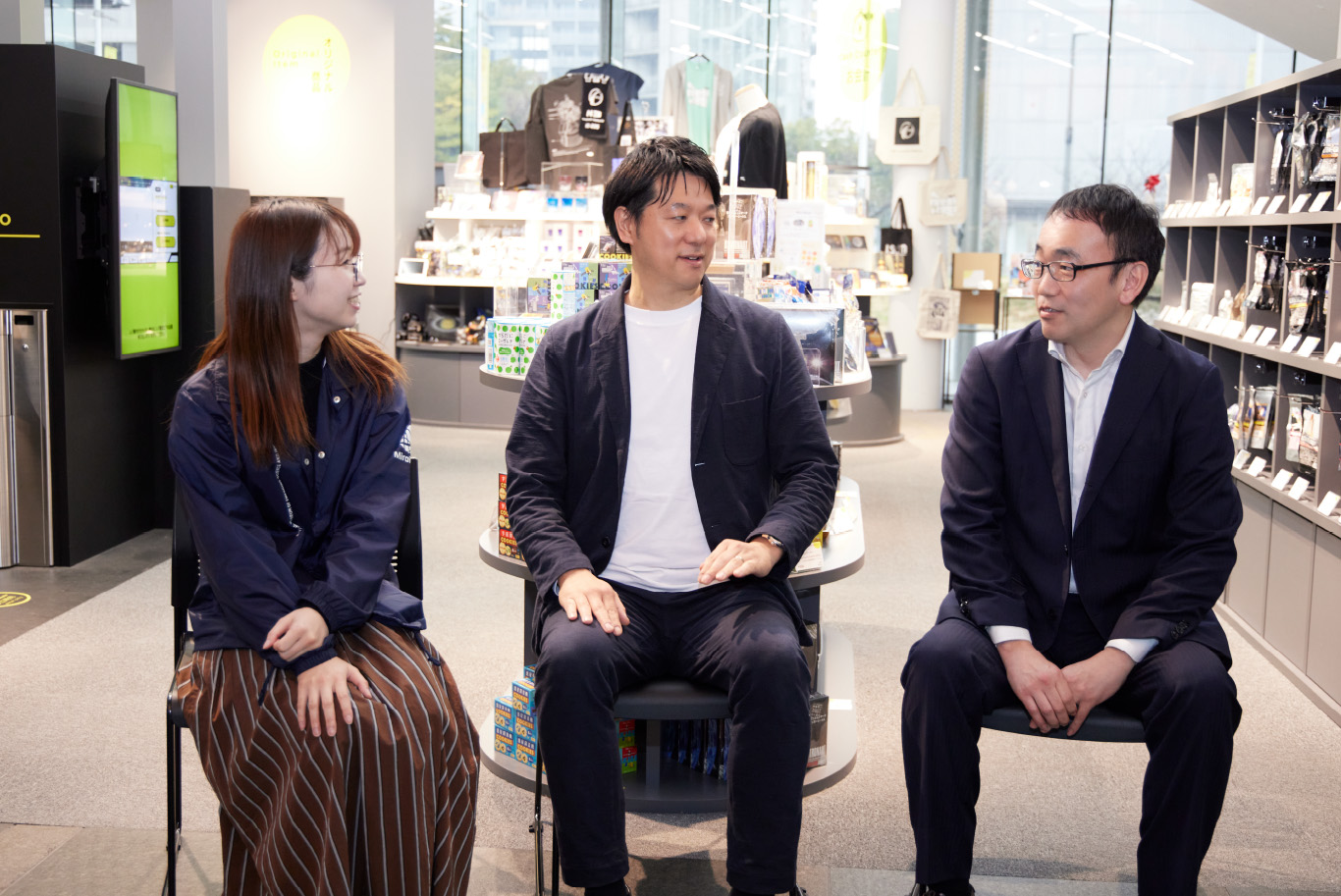
The Museum Shop was initially scheduled to open slightly later than it did. However, the simultaneous opening of several new exhibitions at Miraikan provided opportunities to attract attention during previews and similar events. As a result, it was decided to urgently bring the unveiling of the new Museum Shop forward to coincide with the exhibitions.
As shop management professionals with experience overcoming numerous difficulties relating to shop administration, there was never any question of shirking the challenge. That is doubly true given that the request came from the valued partners with whom the Museum Shop was being created. Having held meetings every two weeks and ensured continued in depth communication up to that point, NOMURA MEDIAS stepped up the scheduling to make the structure even more robust. This included working to provide even faster responses, find time efficiencies, and quickly resolve minor issues. As a result, the new Museum Shop opened on November 22, 2023.
Looking back on the project, Ozeki says, “NOMURA MEDIAS were quick and precise in their understanding of Miraikan’s outlook and aims, they really understood what we wanted to say and what we wanted to achieve. With their excellent ability to respond to requests and make adjustments, they were a real asset.”
Suzuki, meanwhile, can’t help but smile as he looks back, ”From the client’s perspective, it may have seemed like just another day at the office for us, but we were working flat out on the inside. At NOMURA MEDIAS, with the products we make, we handle several products a year in which we direct everything from the process to delivery dates, budgets, and work with partner companies. This project was a crystallization of that accumulated experience.“ As mentioned earlier in this article, NOMURA MEDIAS is a group of shop administration professionals working on countless projects in parallel. In the creation process, there is sometimes uncompromising feedback from within the company. However, it could be said that is precisely what enabled the creation of output that perfectly grasps the client’s intentions and needs while maintaining the same speed, or even accelerating progress.
Just six months after the renovated Museum Shop’s opening, the team are already looking to the next horizon. When Ozeki expressed a desire to make original items to tie into new exhibitions, Onuma jumped on board without hesitation. Taking the news of a lunar rover landing on the Moon as an example, he put forward the additional suggestion of setting up special sections in the sales space when events connected to Miraikan happen, making the shop a place for dialogue with customers.
Immediately after the renewal, Onuma overheard some visitors remarking that the shop was new and looked interesting. Describing his reaction, Onuma explains, “In theory, only a few people involved at the museum were aware that a new company had been called in and that a renewal had been carried out. To me, the fact members of general public thought the shop had been improved and become more engaging means we exceeded typical expectations.“
Suzuki expresses his sense of accomplishment, “The emotion and passions that museums and art galleries inspire fade if left to their own devices. Museum shops at the end of these exhibitions play an important role by distilling those feelings into something people can take home with them. We have successfully taken the first step towards creating a museum shop that fulfills its inherent purpose as a final destination in exhibitions.”
Ozeki had encouraging words for both members from NOMURA MEDIAS, “I’d love it if there were people who come to Miraikan mainly for the Museum Shop in future. I’m also excited to see what evolutions are to come in future.“
From the products lining the shelves to the various cutting-edge technologies and the color of the signs, everything in the Museum Shop has a purpose. Through design that links products, spaces and services, careful consideration has been given to what visitors experience and the value that is brought to Miraikan. This sums up how NOMURA MEDIAS strives to maximize the value of experiences.

Creating the ideal store
on a tight construction schedule
to coincide with an exhibition renewal
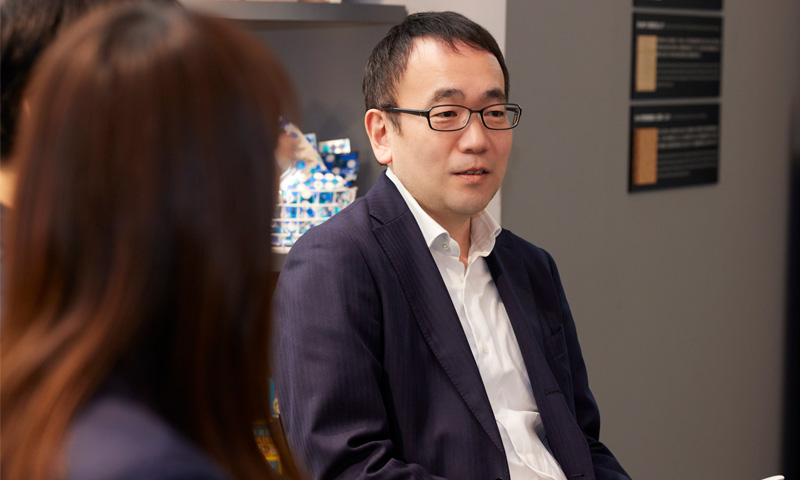
-
CREDIT
-
- Store Manager: Shiho Sato
- Account Producer:Yasuhiro Suzuki
- Product Director:Toshiaki Koubata
- Administration: Yoshikazu Konuma
- Design: Keisuke Kobayashi(neighbor.inc)
Other works
11 Solutions from NOMURA MEDIAS
-
Planning
After understanding our clients’ ideas and analyzing the issues they face, we put forward wide-ranging ideas from concept creation through to detailed plans and content proposals.
-
Design
We create spaces and content that express and embody our clients’ ideas.
-
Layout
We create technical drawings and specifications that give concrete form to how the client's ideas are expressed in the design.
-
Production and
ConstructionWith the right knowledge and judgment, we bring projects to fruition by managing production and construction with commitment to quality, safety, and the environment.
-
Product Development
We research consumer needs, then plan and develop products they are looking for while aligning with the concept and vision behind the space.
-
Sales Promotions and
Promotional itemsWe plan and create sales promotion tools and promotional items that inspire action by consumers.
-
Maintenance
To provide experiences and productions that offer safety and peace of mind, we perform regular maintenance, inspections, repairs, and equipment replacement.
-
Event Organization
To maximize the impact of events, we plan and implement everything from creating spaces to attracting customers and providing customer service support.
-
Store Operation
We create sales spaces rooted in each store’s concept and manage day-to-day operations with its worldview at the center.
-
Content Design
We plan and create original content to support our clients’ businesses.
-
System Devices
We build and install various production system devices to support the implementation of digital content.
